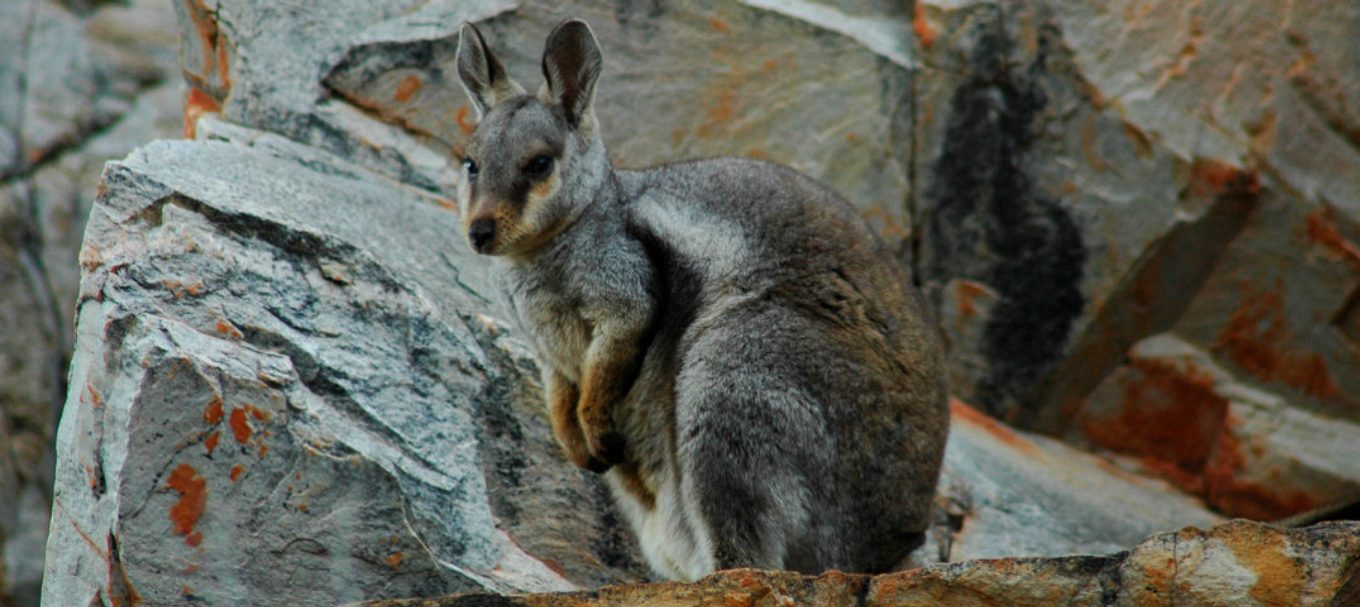
10 of South Australia’s lesser-known threatened species
National Threatened Species Day is held annually on 7 September to raise awareness about Australian plants and animals that are at risk of extinction in the wild.
Since European colonisation it is estimated that 73 species – 41 plants and 32 animals – have become extinct in South Australia.
A threatened species is a plant or animal at risk of extinction. Threatened species in SA that are low-level threatened (which means they could become extinct) are classified from ‘rare’ to ‘vulnerable’, whereas high-level threatened species (meaning they’re on the brink of extinction) are classified as ‘endangered’.
The reason for becoming ‘threatened’ includes habitat loss, such as from too much or too little fire, competition from weeds, too many herbivores (plant-eaters) like rabbits, feral goats and kangaroos, predation by introduced species like foxes and feral cats, disturbance during breeding, diseases and more.
Australia is recognised as having the highest mammal extinction rate in the world. As of 2019, more than 1,100 of South Australia’s native plant and animal species are threatened with extinction.
This year we are shining a light on some of SA’s lesser-known threatened plants, fish, birds and mammals. Here are 10 of them and what’s being done to help them:
1. Whibley wattle
Species:Plant
SA threatened species status:Endangered
SA population size:Estimatedto be about 1800
This flowering wattle’s sole population is on Eyre Peninsula, in the Tumby Bay area.
Habitat fragmentation caused by past human activities, such as building roads, farming and sub-division, has been this wattle’s greatest threat. This has transformed the remnant vegetation into smaller and isolated patches across the landscape, creating five separate sub-populations.
Over the years, conservation activities have included surveying, fencing off remnant and planted sites, and planting seedlings by the local community, including students from the Tumby Bay Area School. These activities have increase the populations from 322 in the 1990s to more than 1800 today.
Community awareness of the wattle is important for its conservation. Check out the large Whibley wattle painted on Peter Hibble Pharmacy’s shop wall in Tumby Bay.

2. Woods well spyridium
Species:Plant
SA threatened species status:Endangered
SA population size:14
Only 14 of these shrubs are known to exist, located in Coorong National Park and Messent Conservation Park in the upper south-east.
The SA Seed Conservation Centre has collected woods well spyridium seed over a number of years to help safeguard the genetic diversity of this species, and is now working with Wilderness School to collect seeds, propagate plants and establish new populations. There are 130 plants at Wilderness School and a few thousand seeds in the international conservation project – Millenium Seed Bank.
Surveys are now being carried out with the help of local farmers to find new populations.
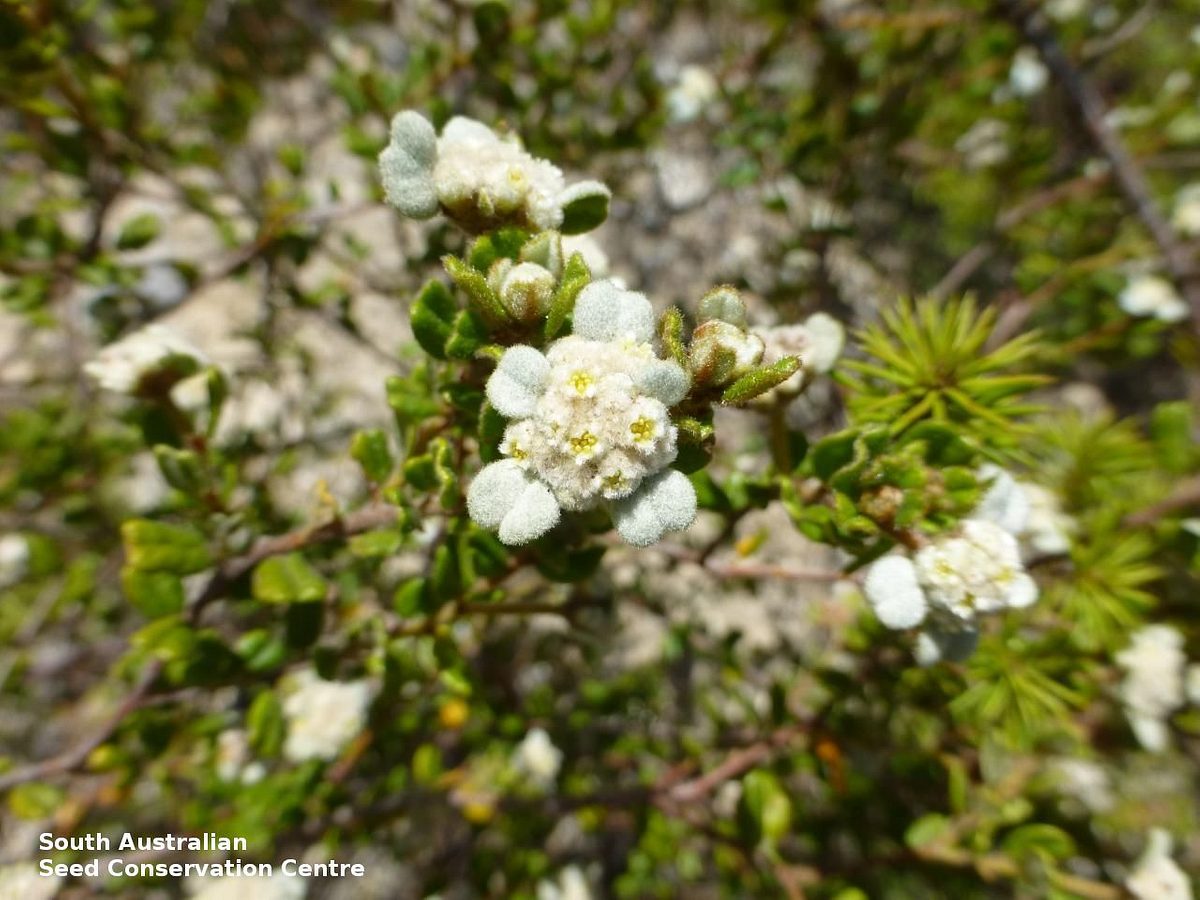
3. Trailing hop-bush
Species:Plant
SA threatened species status:Vulnerable
SA populationsize:Estimatedto be about 300
Within SA, this low-growing shrub is found in the south-east, on Eyre Peninsula and in the mid-north.
This species is dioecious, meaning that it has separate male and female plants.
In the mid-north of SA the trailing hop-bush exists in a critically endangered grassland called the ‘Iron-grass Natural Temperate Grasslands of South Australia’.
Local landholders can help protect species like this by working with the Department for Environment and Water to develop grazing strategies for this grassland community – as sheep and kangaroos love this hop-bush. Community volunteers can assist with monitoring and site management activities.
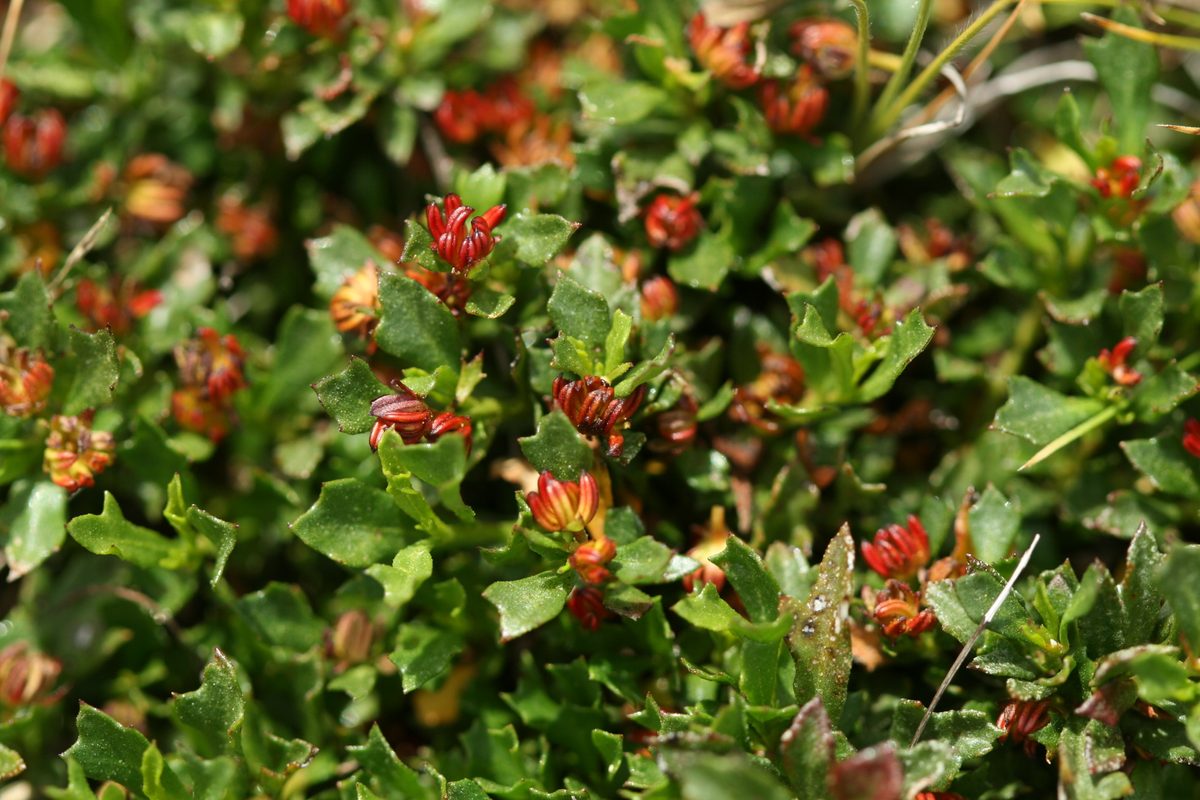
4. Blue-top sun orchid
Species: Plant
SA threatened species status:Endangered
SA population size:Less than 200
This sun orchid is only known to have a few small populations in the Kuitpo Forest. It is facing threats of weed invasion and a lack of habitat.
To help the species, the SA Seed Conservation Centre did symbiotic in-vitro propagation, meaning they germinated orchid seeds using an associated fungus. The process from lab to nursery and reintroduction to the wild takes at least three years.
In July this year, 104 blue-top sun orchids were planted in Kuitpo and about 40 plants are still in the nursery for further lab propagation work as a basis for reintroducing hundreds over the next few years.
The Native Orchid Society of SA helps to monitor plants and collect seeds for these tiny populations each year. The SA Seed Conservation Centre will search for new populations later this year.
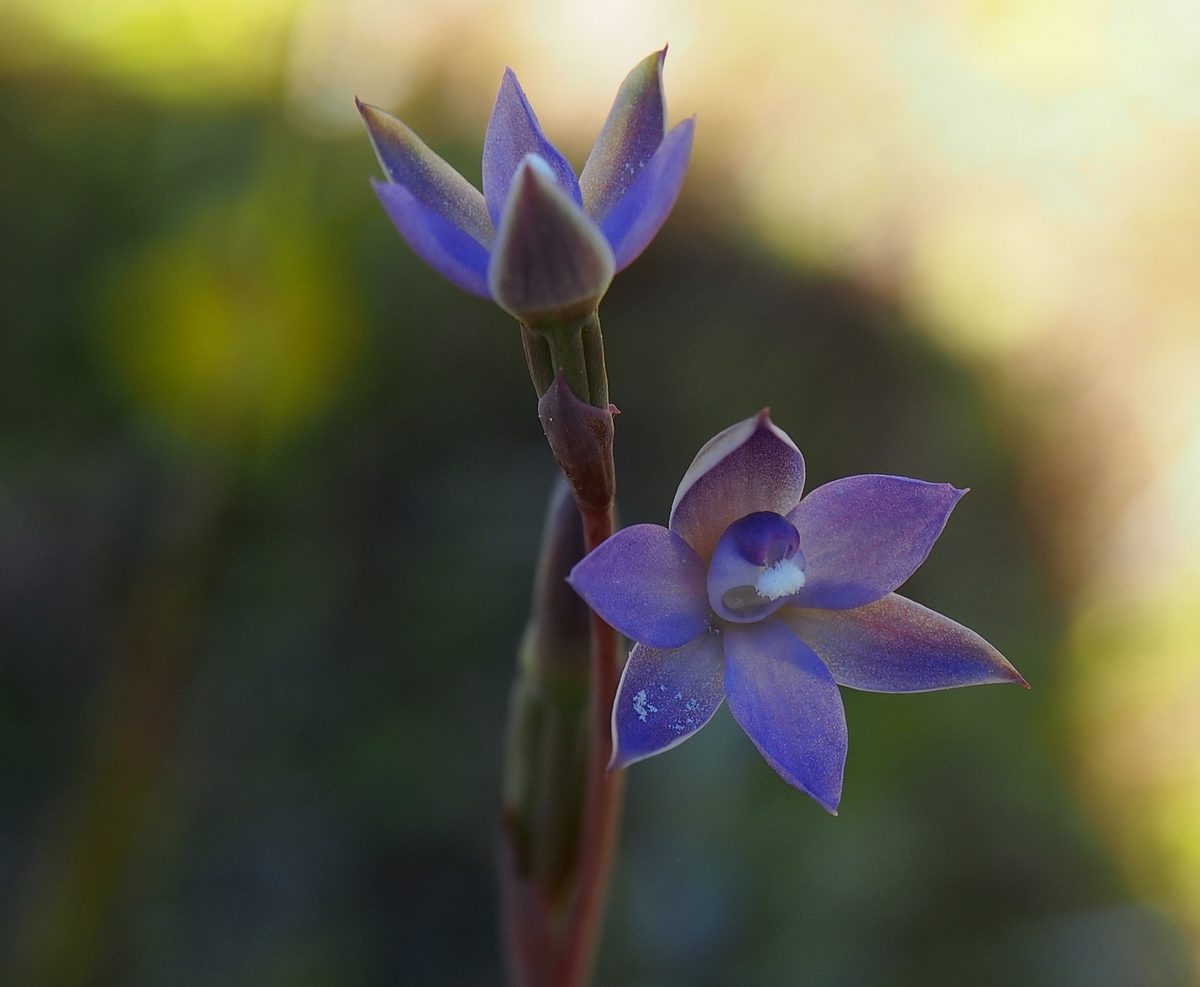
5. Murray hardyhead
Species:Fish
SA threatened species status:Endangered
SA population size:Estimated to be about 10,000
The Murray hardyhead is a small, short-lived fish species found only in the floodplains of the Murray and Murrumbidgee rivers, where it seems to tolerate high salt levels in the water.
Since European settlement, there has been a significant reduction in Murray hardyhead populations, including in SA’s River Murray.
This is mostly due to river regulation, water abstraction and competition from introduced species like European carp. The population decline intensified during the Millennium Drought.
Over the years, putting aside water for the environment to help re-establish habitat and translocating numerous Murray hardyheads to areas like Lake Alexandrina, Disher Creek, Berri Evaporation Basin and the Gurra Gurra Wetland Complex in the Riverland have played key parts in recovering the species.

6. Yarra pygmy perch
Species:Fish
SA threatened species status:Endangered
SA population size:Extinct in the wild. There are less than 1000 in captivity.
A Yarra pygmy perch is a gold to dusky brown small fish with a pointed head, small mouth, slightly rounded tail and a single, deeply notched dorsal fin.
This fish used to be found in SA’s Lake Alexandrina and patchily throughout the south-east.
Since European settlement, there has been a significant reduction in Yarra pygmy perch populations. This is mostly due to river regulation, loss of aquatic vegetation and competition from introduced species like common carp, as well as predation by introduced species like redfin perch.
During the Millennium Drought the species experienced a dramatic decline and, unfortunately, was last detected in the Murray-Darling Basin in February 2008. A closely related but genetically distinct population occurs in South Australia’s south-east.
In 2007, at the height of the Millennium Drought, a total of 200 wild fish were rescued from drying habitats for a captive-breeding project at Flinders University. The project is still running today with a mixture of unsuccessful wild reintroductions, partially successful semi-wild introductions and ongoing captive management.
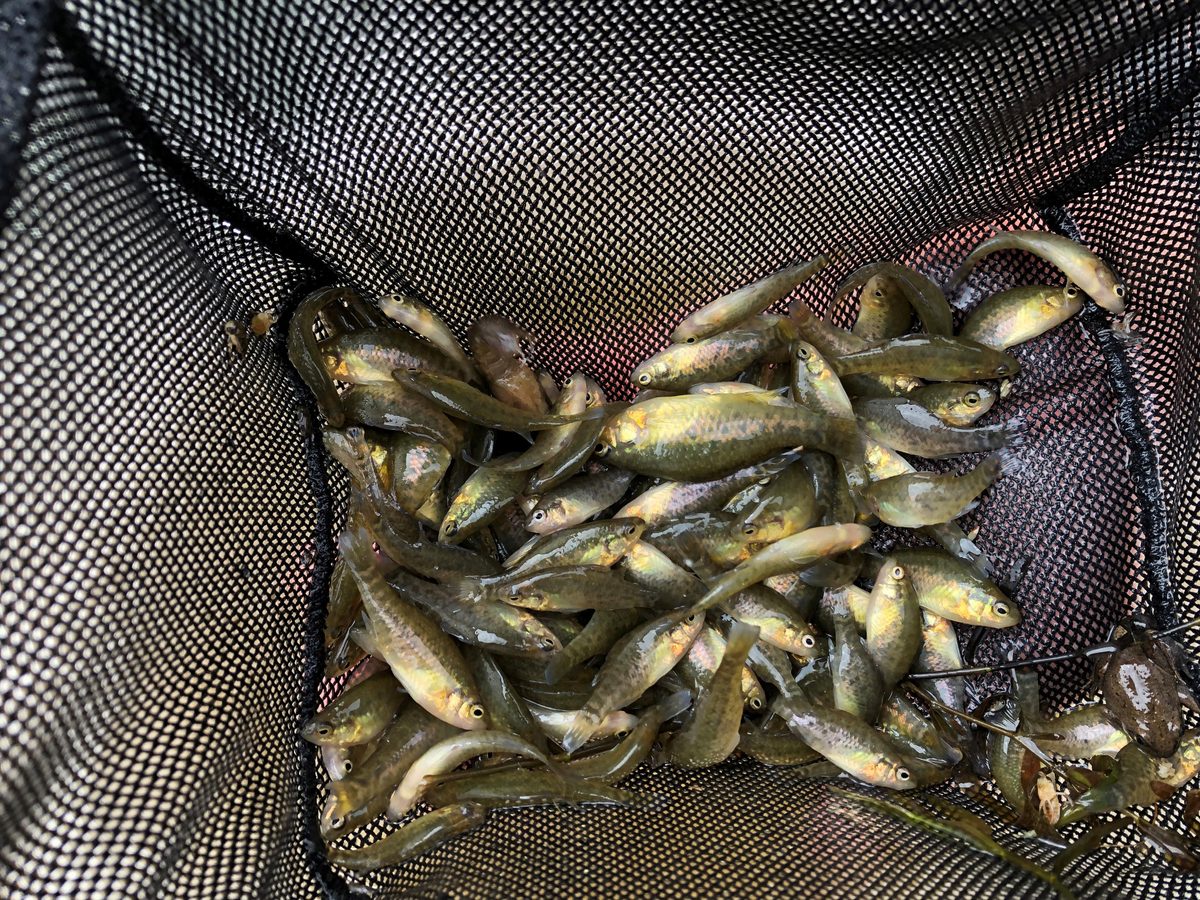
7. Glossy black-cockatoo
Species:Bird
SA threatened species status:Endangered
SA population size:Estimated to be about 360
Only two populations of the endangered glossy black-cockatoo populations exist in Australia, and SA is home to one of them – on Kangaroo Island.
In SA prior to and through the 1970s there were large-scale clearances of the glossies’ woodland and open forest habitats to make way for farming and other development. These clearances significantly reduced much of the glossies’ food (drooping she-oak seeds) and depleted their nesting sites (tree hollows in mature gum trees). By the early 1990s the glossy population had dwindled to about 150 birds.
Recovery efforts began in 1995 with the Glossy Black-cockatoo Recovery Program that focused on the remaining Kangaroo Island population to conserve the species’ habitats and increase numbers.
The program has established artificial nest hollows to support breeding, carried out nest protection activities to lessen the occurrences of predation of eggs and chicks (especially by possums), planted she-oak trees to increase food supplies, and carried out population monitoring.
The program relies on local volunteers, but it is now re-seeking funding to continue its work.
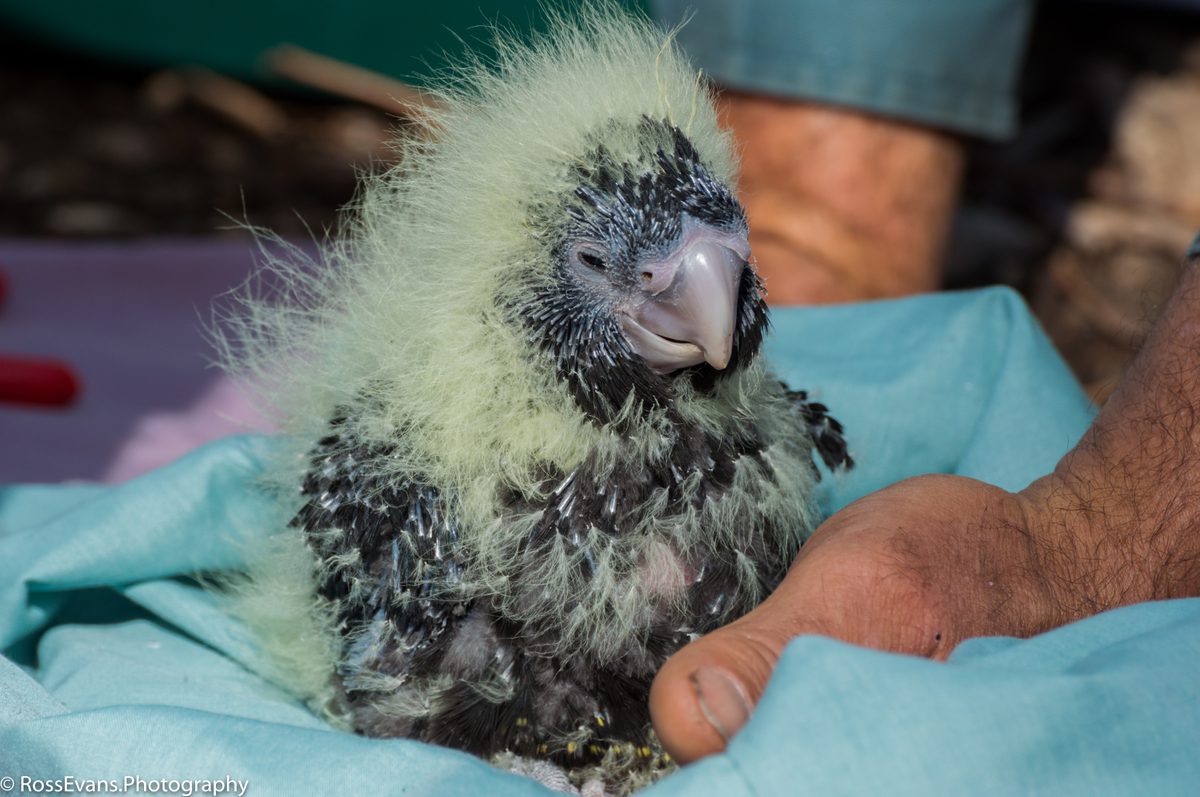
8. Hooded plover
Species:Bird
SA threatened species status:Vulnerable
SA population size:Less than 800
Hooded plovers are small, beach-nesting birds with a distinctive black hood. They are found along several of SA’s sandy beaches from the far west to the Limestone Coast, as well as Kangaroo Island.
There are less than 800 of these birds left in SA.
Coastal development, disturbance and a range of predators are the major threats to the plovers. They usually nest at the base of sand dunes from August to March, and are very protective parents but theirs nest and chicks come under threat as they persistently disturbed by vehicles, dogs, humans and foxes.
Local communities, land managers, Natural Resources Management Boards and BirdLife Australia volunteers are working hard to monitor, protect and raise awareness about these birds.
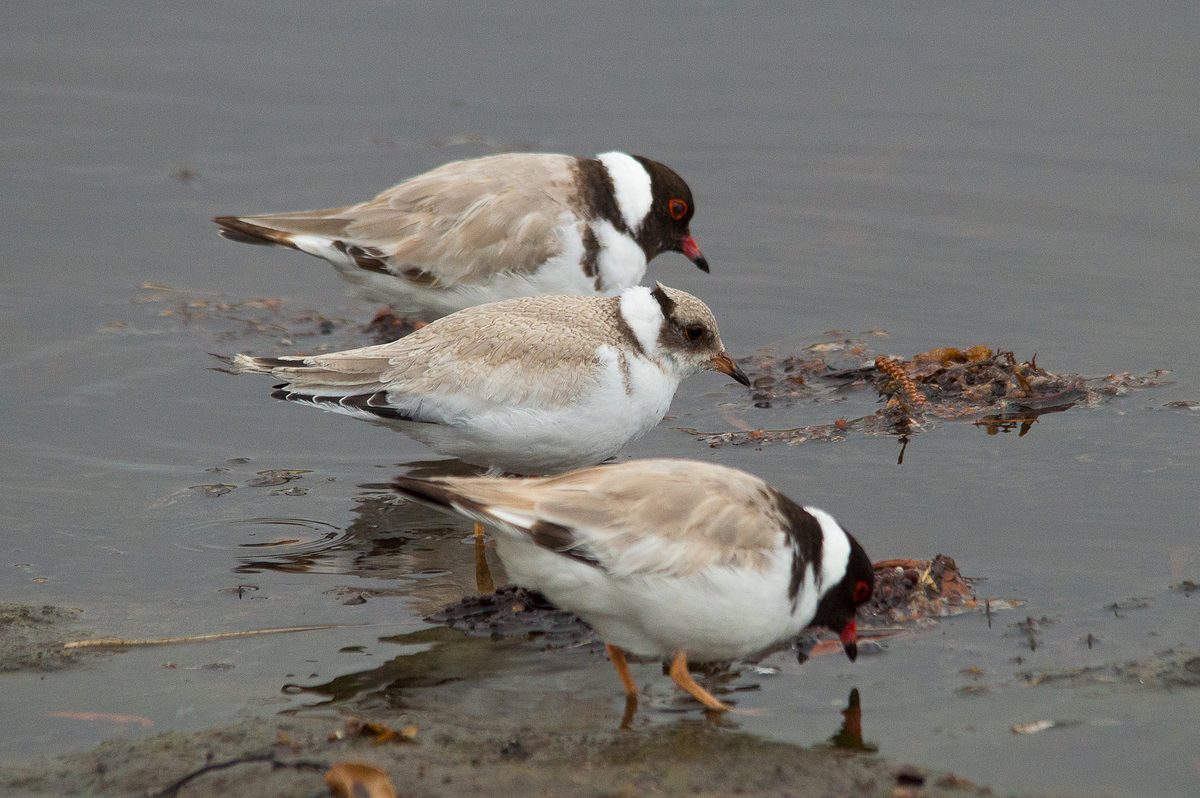
9. Black-footed rock-wallaby
Species:Mammal
SA threatened species status:Endangered
SA population size:Estimated to be about 250
The black-footed rock-wallaby, or the warru, is one of SA’s most endangered mammals.
Once common across the rocky ranges of central Australia, there has been a dramatic reduction in populations mostly due to predation by feral cats and foxes.
There are only two wild populations of warru known in SA – in the eastern Musgrave Ranges and the Tomkinson Ranges, both within the Anangu Pitjantjatjara Yankunytjatjara (APY) Lands in north-western SA.
The warru recovery program is working to recover populations of the warru. The program has set up a 100-hectare predator-proof re-establishment enclosure, carried out feral animal and buffel grass weed control, undertaken fire control and re-introduced the species to previously known sites such as Wamitjara.
The program is now looking at further ongoing measures to help protect the translocated warru population at Wamitjara (Sentinel Hill) from feral animals and plans to undertake further translocations to more previously known population sites in the APY Lands.

10. Grey-headed flying fox
Species:Mammal
SA threatened species status:Vulnerable
SA population size:More than 20,000
Grey-headed flying foxes can be found foraging at night across metropolitan Adelaide, with a significant camp at Botanic Park in the city. Another newly established colony has been located near Millicent in the south-east of SA.
With a wingspan of nearly 1 metre, these flying foxes are among the world’s largest bats. Despite their size, they are strictly vegetarian and feed predominantly on nectar from Eucalypt blossoms and fruit. They roost in trees during the day and fly out at sunset to their feeding grounds, sometimes up to 50km away.
Since European settlement, grey-headed flying foxes have lost a lot of their natural roosting and feeding habitat in the eastern states through changes in land use.
The species is relatively new to SA, only arriving about eight years ago possibly due to the changing availability of food resources driven by climate. They may be climate change immigrants, but they do struggle during SA heat waves.
SA’s population is currently being monitored as part of a CSIRO National Flying-fox Monitoring Program. The Adelaide population is the focus of a range of university studies ranging from the movement of animals across the landscape to how the animals are coping with the hot Adelaide conditions.
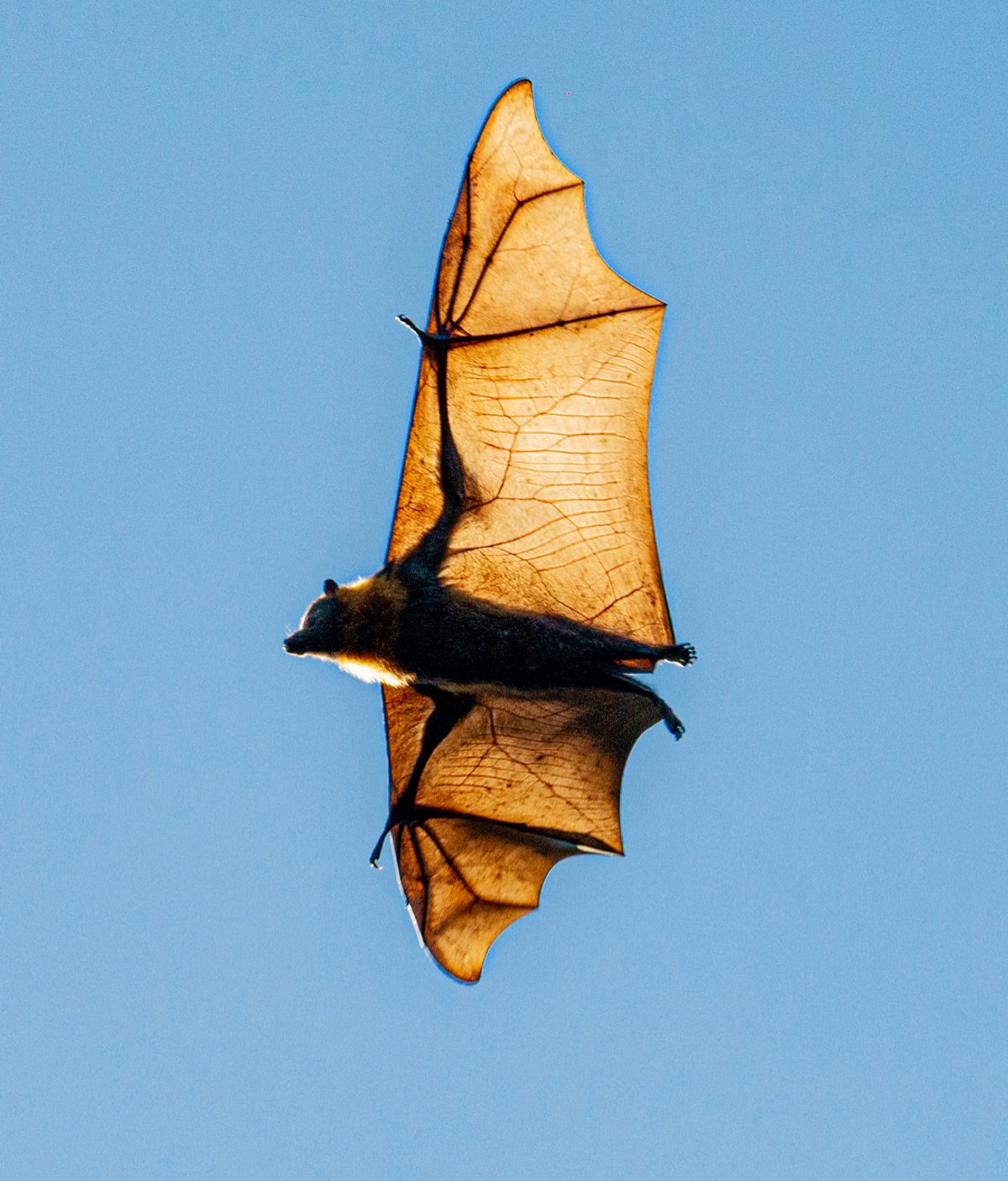
Understanding SA’s threatened species
Species are classified at the state-level under the SA National Parks and Wildlife Act 1972 and at the national level under the Environment Protection and Biodiversity Conservation Act 1999.
A state-level threatened species listing applies only to South Australian populations and is a way to protect our state’s vulnerable species. By highlighting a species as threatened this helps rally resources and funding to conserve its existence locally.
Want to learn more about biodiversity and threatened species in SA? You can visit the Department for Environment and Water’s website or discover 10 fast facts about biodiversity. You can also subscribeto stay up-to-date on the development of SA’s Biodiversity Act – the first of its kind in our state.





